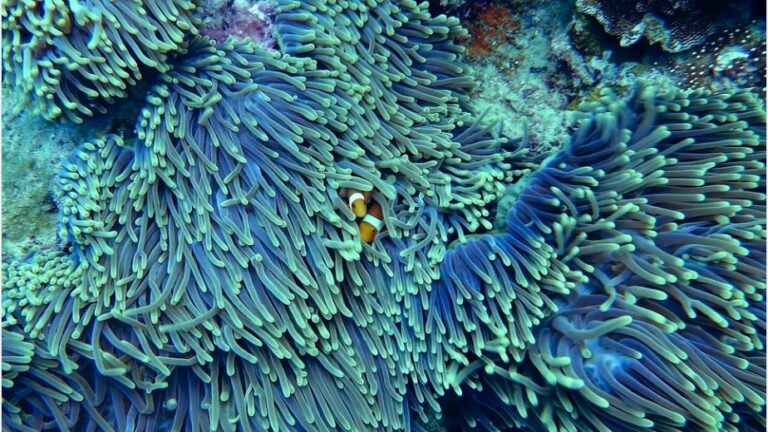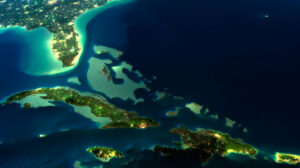Out of 5,610 identified coral species, an estimated 232 are threatened with extinction according to the IUCN Red List. While this number may seem low at first glance, the importance of healthy coral reefs for the marine ecosystem is hard to understate. Reefs only cover 0.1 percent of the planet, but they are home to around 25 to 30 percent of all aquatic life. This ratio highlights the need for further conservation efforts to minimize the human impact on these ecosystems. As our chart based on data from the Allen Coral Atlas shows, 0.1 percent doesn’t seem so little when put into perspective.
The extensive database completed in September 2021, which according to its creators maps all of the shallow-water coral reefs in the world, lists the area covered in those types of reefs as around 97,700 square miles. This is, in fact, bigger than the United Kingdom’s land area of 93,410 square miles according to Worldometers, and only a little less than the size of New Zealand or Western Sahara. While including corals below 50 feet would have given this number a significant boost, the lack of mapping data prevents reliable and precise comparisons.
According to Our World in Data, coral reefs have faced increased stress from natural sources in the past, but human influence has exacerbated some of these issues. The three key human-made threats reefs are currently facing are greenhouse gas emissions leading to ocean acidification and warmer water, fishing and shipping activities as well as pollution through sewage runoff, sedimentation and invasive species.
You will find more infographics at Statista
also read
Zelensky: Ukraine is losing 100 soldiers a day in the war
Ask me anything
Explore related questions






